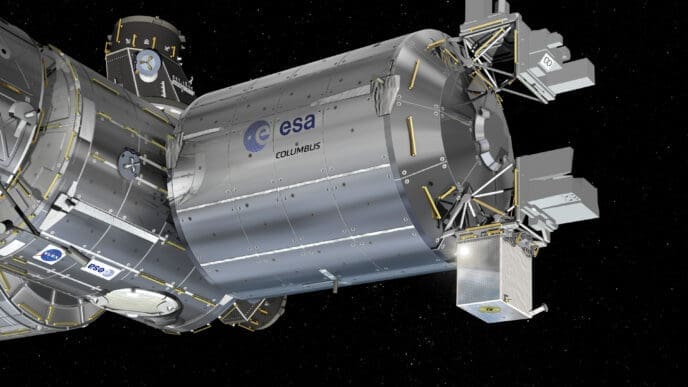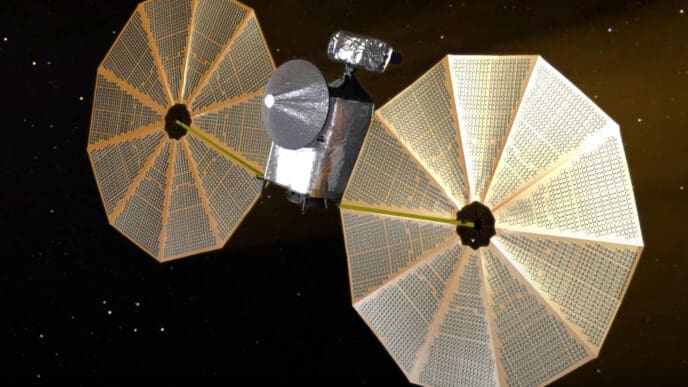The ongoing debate over the universe’s expansion rate, termed the “Hubble tension,” has taken a new turn. Researchers propose that a vast, less dense region in space, termed a “supervoid,” might be skewing our observations and calculations. This finding challenges our current understanding of cosmology and has prompted scientists to reconsider the foundational models of the universe’s expansion.
The Hubble tension refers to the discrepancy between two methods of measuring the universe’s expansion rate—one based on observations and the other on theoretical predictions. Observations suggest a faster expansion rate compared to theoretical models that utilize the cosmic microwave background (CMB) as a baseline. This inconsistency has perplexed cosmologists and hindered their understanding of the cosmos’s evolution.
New research indicates that the Milky Way’s position within a massive underdense area, known as the Keenan-Barger-Cowie (KBC) supervoid, might be a key factor in this problem. Voids are regions with below-average density, and the KBC supervoid is particularly vast, stretching about one billion light years. This underdensity can cause the space within it to appear to expand faster, potentially explaining the higher observed Hubble constant.
Cosmologist Indranil Banik and his team have suggested that the Hubble tension stems from our biased observation point within this supervoid. In simpler terms, the universe seems to be expanding more quickly from our perspective because we are situated in a region where the effects of an underdense void amplify local cosmic expansion.
The standard cosmological model, known as Lambda Cold Dark Matter (Lambda CDM), currently does not account for such large supervoids. As a result, reconciling these observations with theoretical predictions has been challenging. The “observation method,” which utilizes astronomical data from standard candles like type Ia supernovas, consistently provides a higher Hubble constant compared to the “theory method” that extrapolates from the CMB.
Banik comments that within this supervoid—or “Hubble Bubble”—space appears to expand more rapidly than the universe as a whole, contributing to the observed discrepancy. If correct, this perspective may resolve the Hubble tension, yet it implies the need for significant revisions to the standard model of cosmology, which does not predict such large structures.
Interestingly, the team’s exploration into supervoids wasn’t initially intended to address the Hubble tension. Their goal was to determine if supervoids could emerge in the Lambda CDM framework. They discovered that these voids might offer a solution, but their existence poses new challenges to current cosmological theory.
The implications of this research are profound. Should the Hubble tension be resolved through the KBC supervoid, it would signify that the universe has more complex structures than anticipated. This would necessitate a deeper, revised model that incorporates these findings, potentially altering our understanding of cosmic evolution.
As researchers continue to study the KBC supervoid, the cosmology community awaits further insights. A resolution to the Hubble tension could emerge as early as 2030, contingent on the scientific community’s readiness to adapt to new structural complexities in the universe. Banik and his team’s findings suggest that overcoming this cosmological challenge will require both innovative thinking and acceptance of a more intricate cosmic structure.
Source: Space












